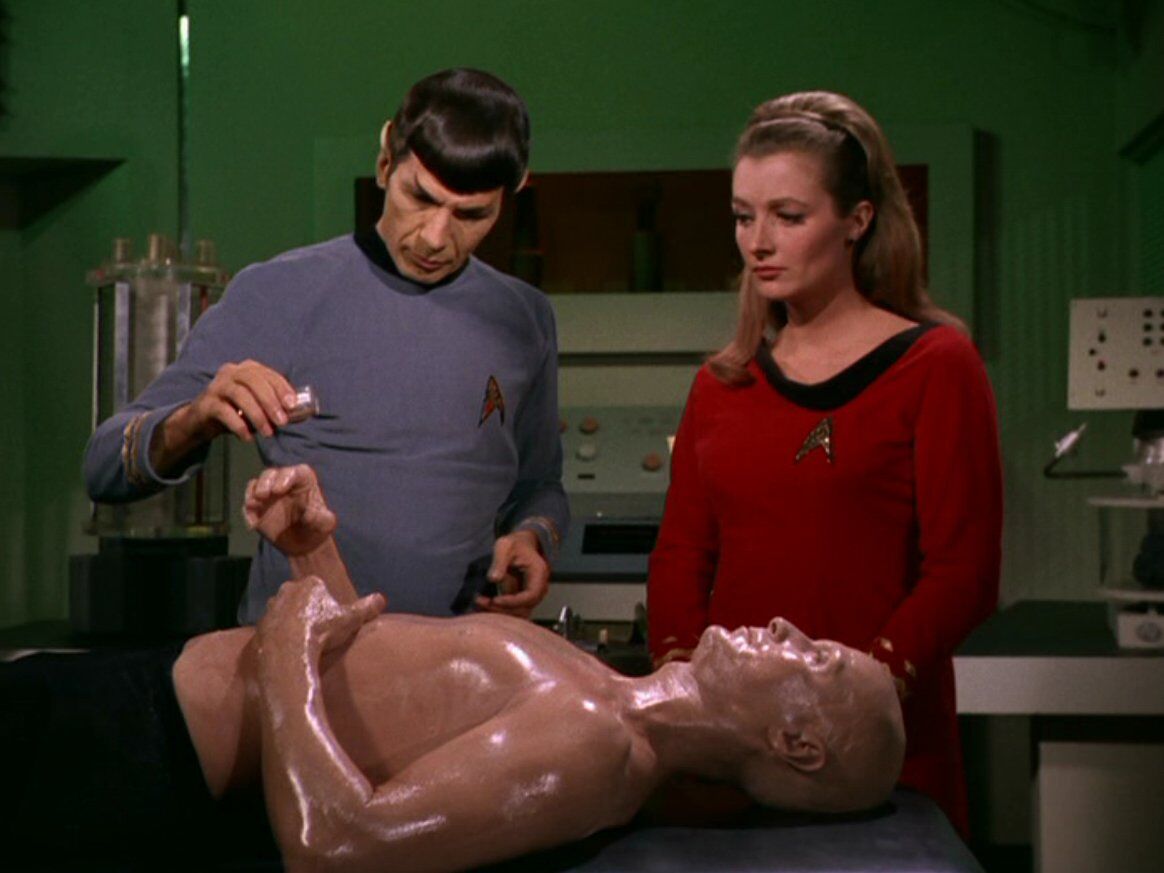
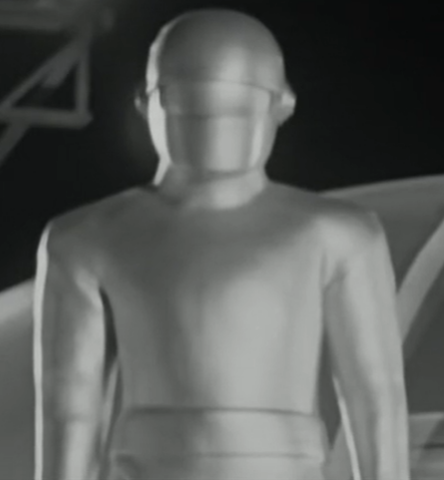
Webster's 24th Century Dictionary, Fifth Edition, defines an android as an automaton made to resemble a Human being.Data
An android, android robot, or humanoid robot, was an advanced form of robot equipped with a self-aware artificial intelligence, and made to imitate humanoid lifeforms. (TNG: "The Measure Of A Man", "The Offspring")
The film The Day the Earth Stood Still, which Charles Tucker showed to the cogenitor "Charles" in 2153, included an android character named Gort which the Human characters in the film were afraid of. "Charles" asked why this was so, and Tucker explained that the people of Earth, at the time, had a hard time trusting things that they didn't understand. (ENT: "Cogenitor")
In the 23rd century, the crew of the USS Enterprise encountered several kinds of android during the course of their mission. (TOS: "What Are Little Girls Made Of?", "Shore Leave", "I, Mudd", "Return to Tomorrow", "Requiem for Methuselah"; TAS: "Once Upon a Planet")
However, the first truly successful androids in the Federation were the Soong-type androids created by Doctor Noonien Soong. Most notable of these was Data, the first android to join Starfleet, and who served as operations officer on board the USS Enterprise-D and USS Enterprise-E. (Star Trek: The Next Generation)
"Android" was one of the terms listed on a menu from which a synthetic lifeform could choose a subject to study. This menu was seen in the message transmitted from the Admonition. (PIC: "Et in Arcadia Ego, Part 1")
Quick Answers

How do androids differ from humanoid robots?

What role do androids play in Star Trek: The Next Generation?

Who is the most famous android in Star Trek: TNG?

What are the different types of androids in sci-fi?

How does the android Gort fit into The Day the Earth Stood Still?

Types of androids
Automated Personnel Units
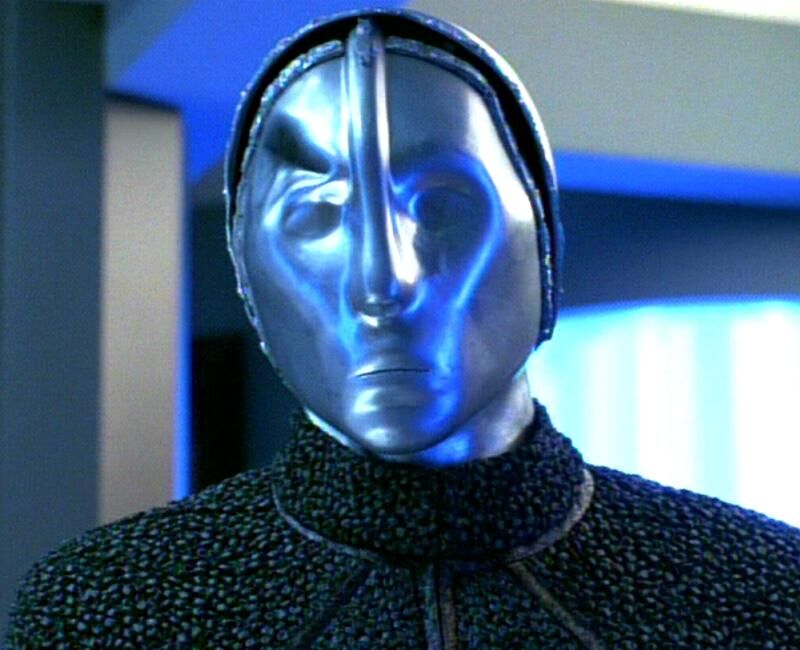
In 2372, the USS Voyager found a deactivated android which, upon repair by B'Elanna Torres, identified itself as Automated Personnel Unit 3947. It used Torres' goodwill to gain sympathy for his "people", who were on the verge of extinction after the death of their creators, the Pralor. It was later found that a people known as the Cravic had also made Automated Personnel Units, and that the Cravic were also extinct. Originally, the two peoples had been at war, using the Automated Units to battle. However, when the war ended and it was time to dismantle the APUs, the robots, not understanding anything except war and self-preservation, wiped out their creators and resumed their war. (VOY: "Prototype")
Coppelius androids
- See: Coppelius android
Exo III androids
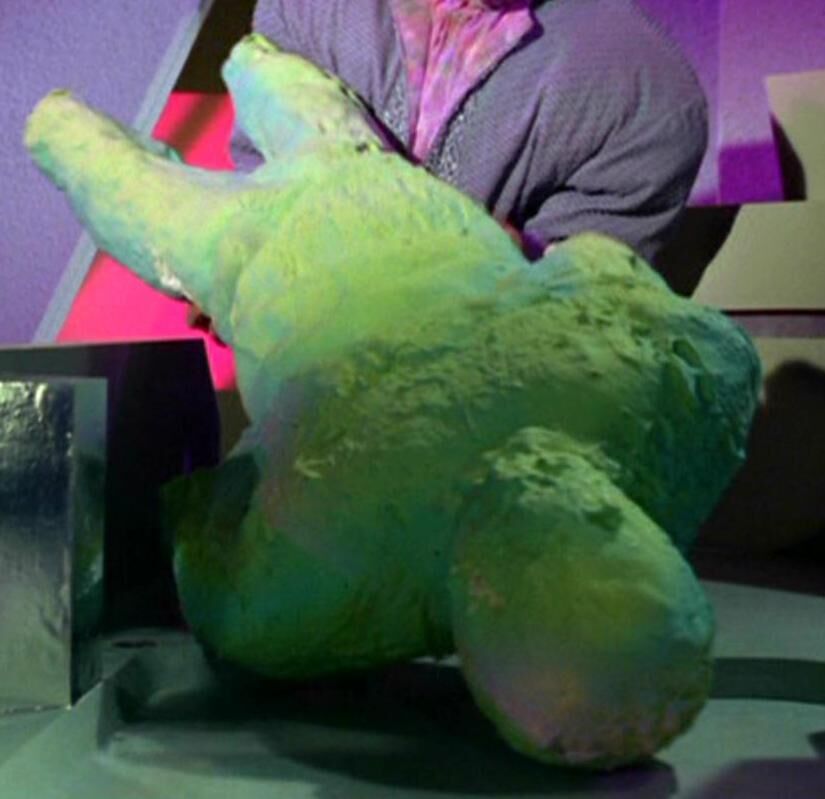
A sapient species on the planet Exo III, now known only as "the Old Ones", discovered how to build sophisticated androids thousands of years ago. They made their machines more and more complex, eventually conferring upon them the ability to feel emotions. Their greatest technical achievement was perhaps the android duplicator, a mechanism that could manufacture an exact android duplicate of a naked living being, including that person's memories.
The Old Ones built their machines too well; according to a surviving machine, Ruk, the Old Ones became afraid of their machines and began to deactivate them. Their survival threatened, the machines overcame their programming and slew their builders. Ruk and all other known Exo III-type androids were destroyed in 2266. (TOS: "What Are Little Girls Made Of?")
Flint-type android
- See: Rayna Kapec
Ilia probe
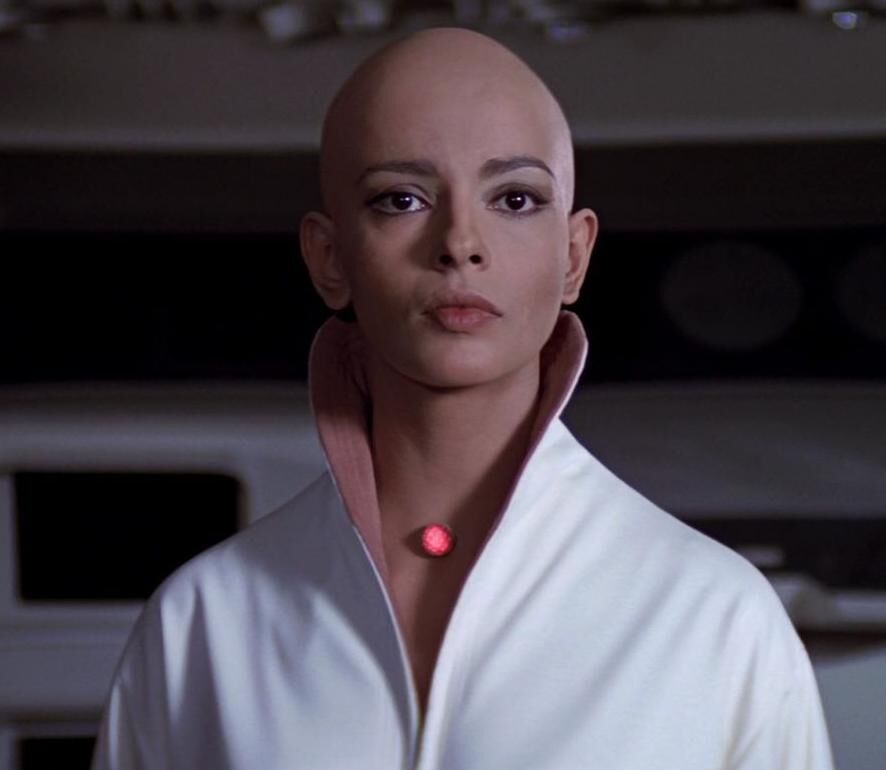
The Ilia probe was an android created by V'Ger to gather information about the carbon units aboard the refit USS Enterprise. It was a highly complex construct built out of the body of the Deltan, Lieutenant Ilia. As a side effect of being made out of a living humanoid, it retained many aspect's of Ilia's personality, including pheromones, memories, and ultimately her emotions. It contained molecule-sized microprocessors and billions of connected mechanisms. (Star Trek: The Motion Picture)
Mudd's androids (2250s)
Mudd's androids (2268)
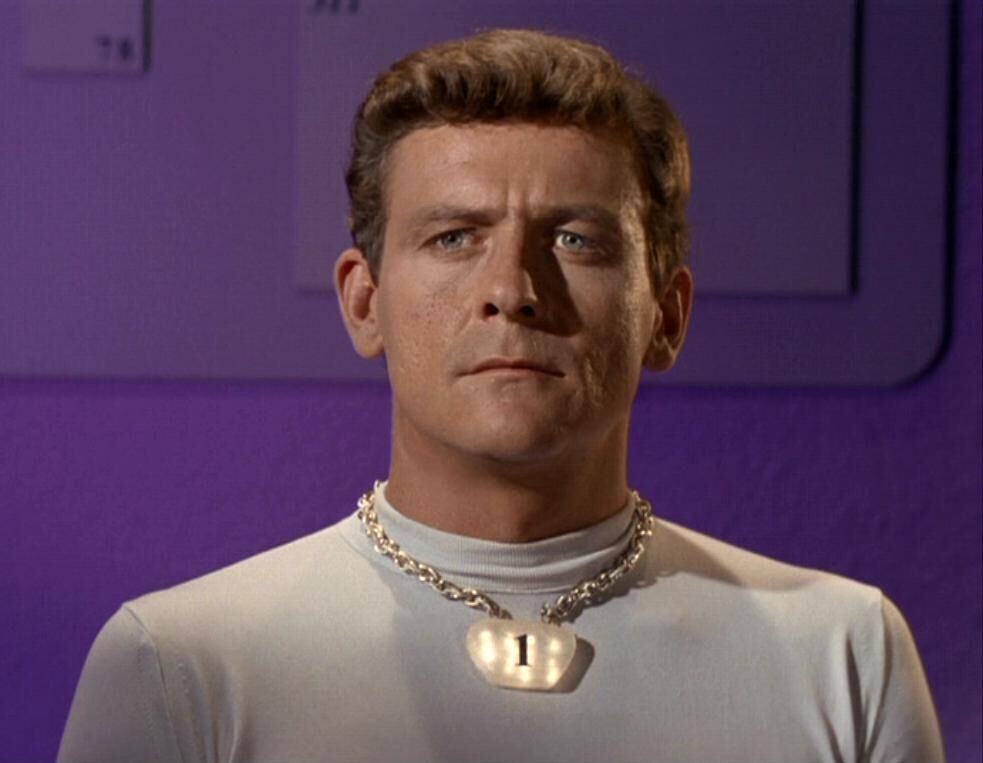
A Class K planet was inhabited by thousands of advanced androids originally from the Andromeda Galaxy. Their makers had established outposts throughout their own galaxy, and had built only a handful of outposts in the Milky Way Galaxy; however, when the sun of their home star system went nova, most of their civilization was destroyed. The remaining makers died out over time, leaving only distant outposts of androids.
These androids had their first encounter with native life in the Milky Way when infamous criminal Harcourt Fenton Mudd, having escaped from imminent execution on Deneb V on charges of fraud, fled known space and crash landed on their planet in 2268. Mudd was hardly an ideal model of Humanity, and the androids decided that Humans were a form of galactic pest that needed to be contained for their own protection (and the protection of the galaxy). These androids could have an operational lifespan of up to 500,000 years, and had access to advanced medical technology which could let them transplant humanoid brains into android bodies to grant them virtual immortality.
Mudd was detained, albeit in very comfortable surroundings, as the androids were quite happy to build replicas of any person he wanted, and provide him with any wish he could want (except freedom). When the androids attempted to abduct the USS Enterprise, the crew was able to escape by discovering the weakness of these androids; their minds were so highly logical that by intentionally acting as illogically and unpredictably as possible, the confused androids would be overloaded and incapacitated. (TOS: "I, Mudd")
Arretan androids
s
Soong-type androids
- See: Soong-type android
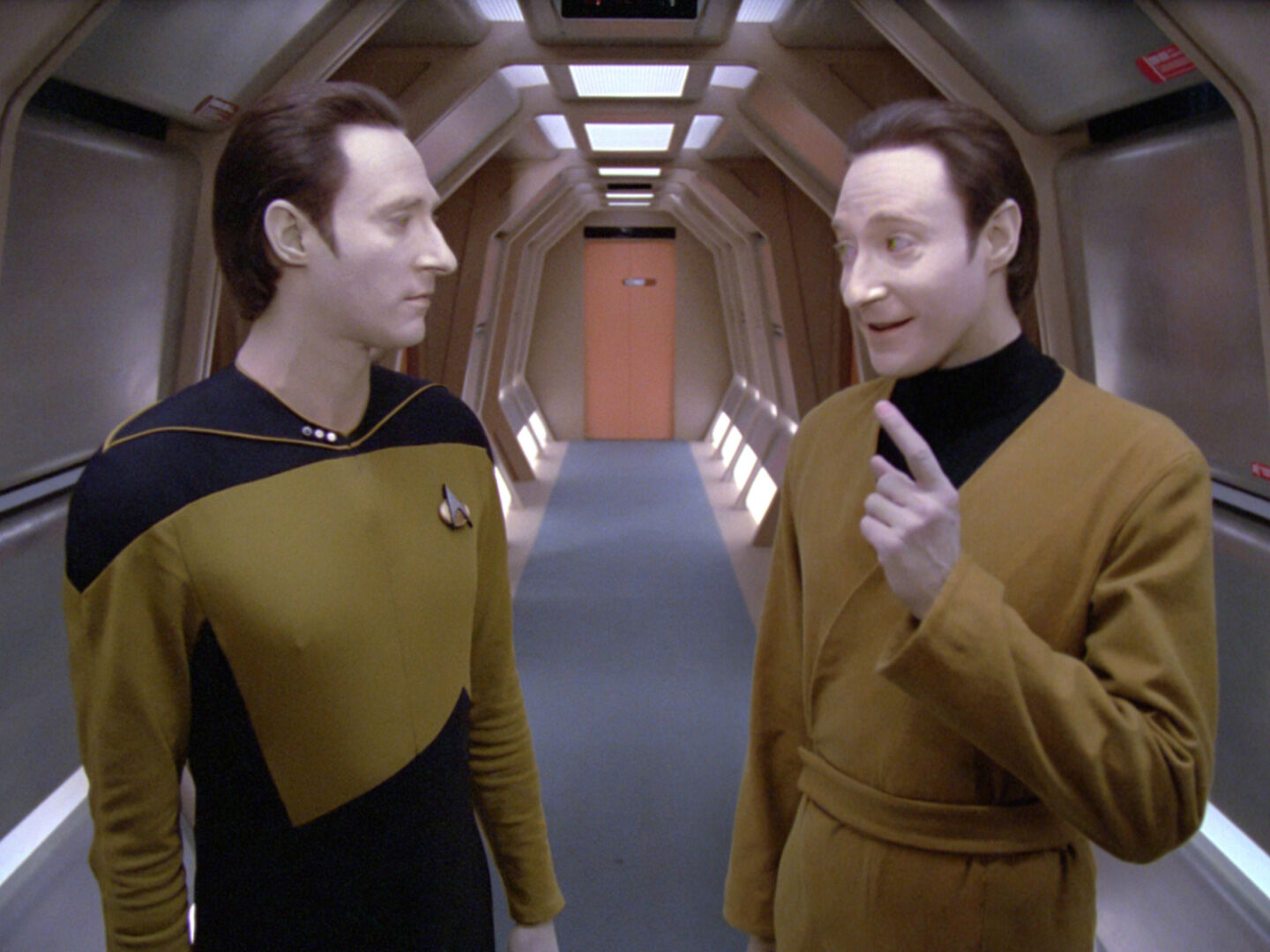
There were several Soong-type androids:
Synths
- See: Synth
An unknown number of synths were produced by the Division of Advanced Synthetic Research, at least some of which performed labor at Utopia Planitia Fleet Yards.
- A500-type units